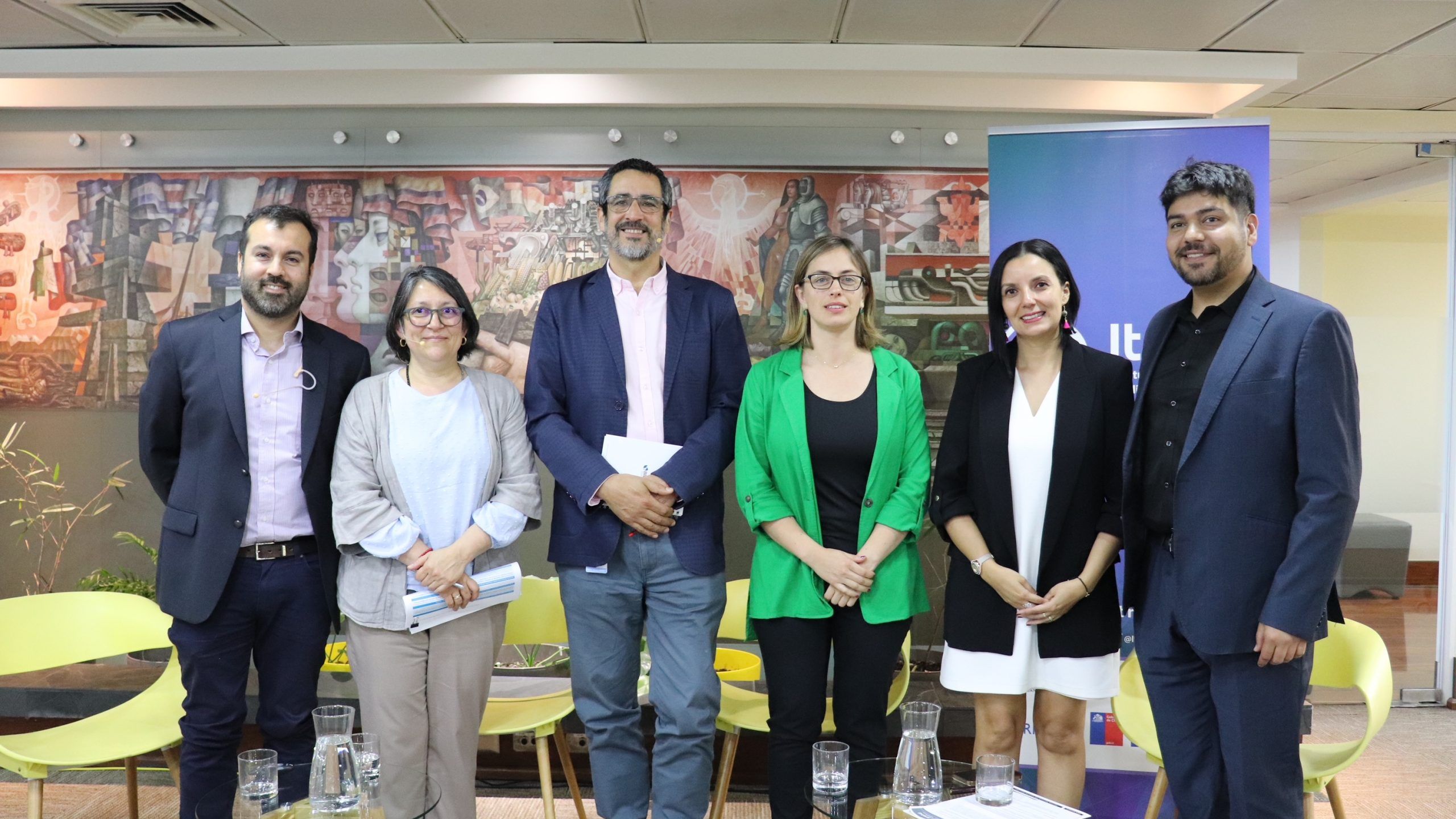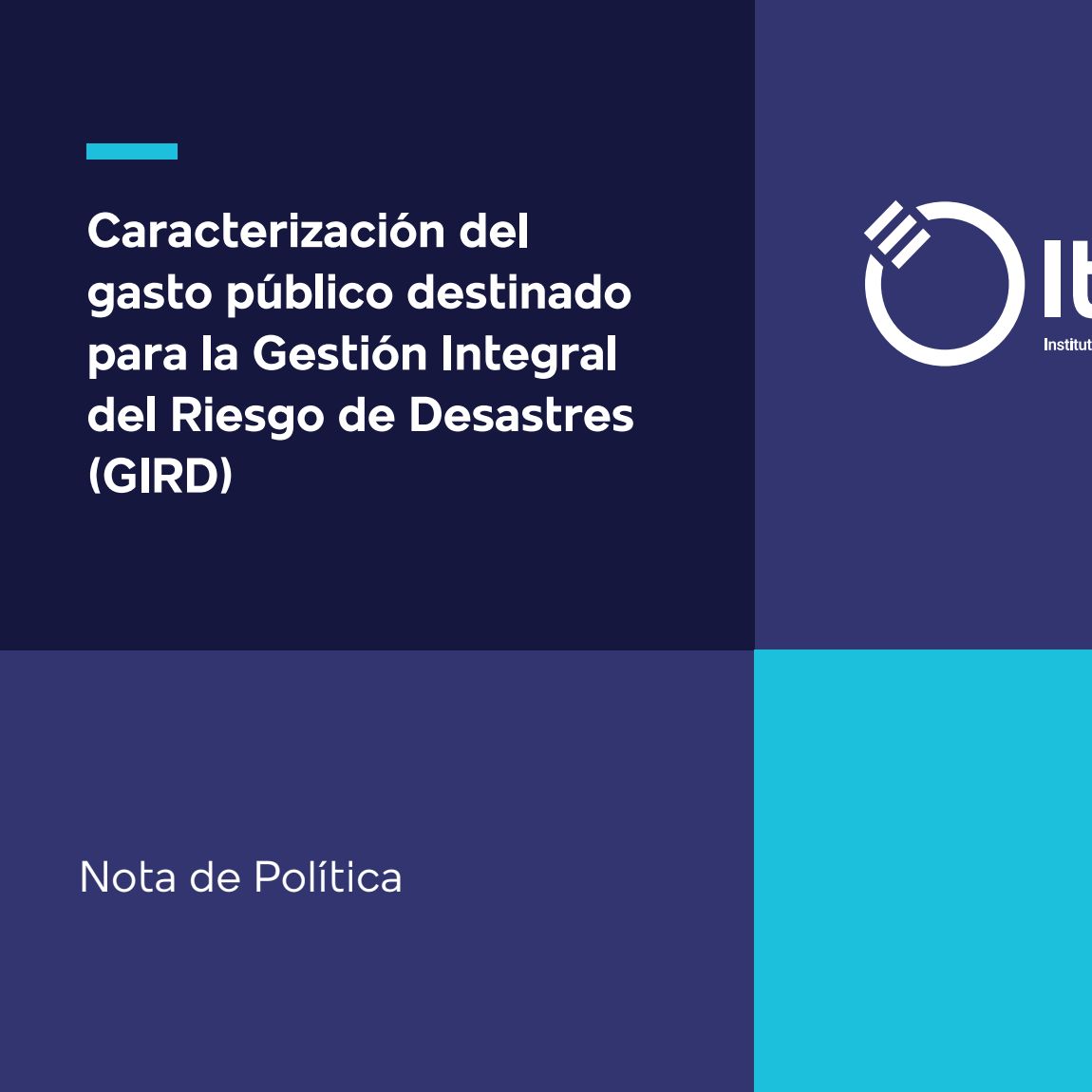
- Home
-
Who we are
- About Itrend
- Team
- Our history
-
Governance
-
What we do
- Contacts
-
Transparency
Noticias 30 Dec 2023

An expenditure of $115.3 billion pesos, equivalent to 0.2% of the national budget, is destined to finance programs in charge of disaster risk management, is one of the most striking results of the first report "Characterization of Public Expenditure for Integral Disaster Risk Management (GIRD)". These resources include the financing of the National Service for Disaster Prevention and Response (Senapred), Firefighters, the National Geology and Mining Service (Sernageomin) and the fire management program of the National Forestry Corporation (Conaf), most of which allocate their resources to operational expenses.
The report carried out by the Institute for Disaster Resilience (Itrend) concludes that there is no comprehensive and transversal budget design with a focus on Comprehensive Disaster Risk Management, despite the enactment of Law 21.364, which created the National System for Disaster Prevention and Response (Sinapred). In addition to being a limited budget, the main existing budgetary mechanism is budget reallocations.
The executive director of Itrend, Catalina Undurraga, emphasized that the results of this document were reviewed and complemented by the ministries and services that make up the institute's Council of Public Organizations and that it was created with the interest of contributing to the understanding of the financial aspects of disaster resilience in Chile. "As has been mentioned by international organizations, having a financial strategy is today a priority for disaster risk management, and it should also be a priority for our country. Especially considering its enormous exposure to various hazards and the impact caused by extreme natural events," he emphasized.
Among the positive aspects of financing and budget management: the issuance of Catastrophic Bonds for earthquakes (2018 and 2022), the Natural Disaster Fund (FODEN) in the legislative process as an amendment to the fiscal responsibility law, the National Reconstruction Fund to manage donations, the existence of an "exceptional mechanism for using the constitutional 2%" for emergencies and the various existing budget flexibility mechanisms for reallocating resources in states of emergency.

Disaster program offerings
The study included a characterization of the 631 programs in force as of 2021 in the Integrated Bank of Social and Non-Social Programs (BIPS) of the Ministry of Social Development and Family; of the total number of programs, only 168, equivalent to 20% of the total budget of the programs, have direct, indirect or potential impact, focusing on the Ministries of the Interior and Public Security, Social Development and Family, Agriculture, Housing and Urban Planning, Education, Economy and Science, Technology, Knowledge and Innovation.
Among the recommendations made in this document are the strengthening of Sinapred, the design of instruments for resilience financing, measures to improve the efficiency and effectiveness of spending and, finally, to promote the penetration of risk transfer instruments, such as, for example, the contracting of insurance.
Link to the document: https://itrend.cl/caracterizacion-del-gasto-publico-en-gestion-integral-de-desastres/



